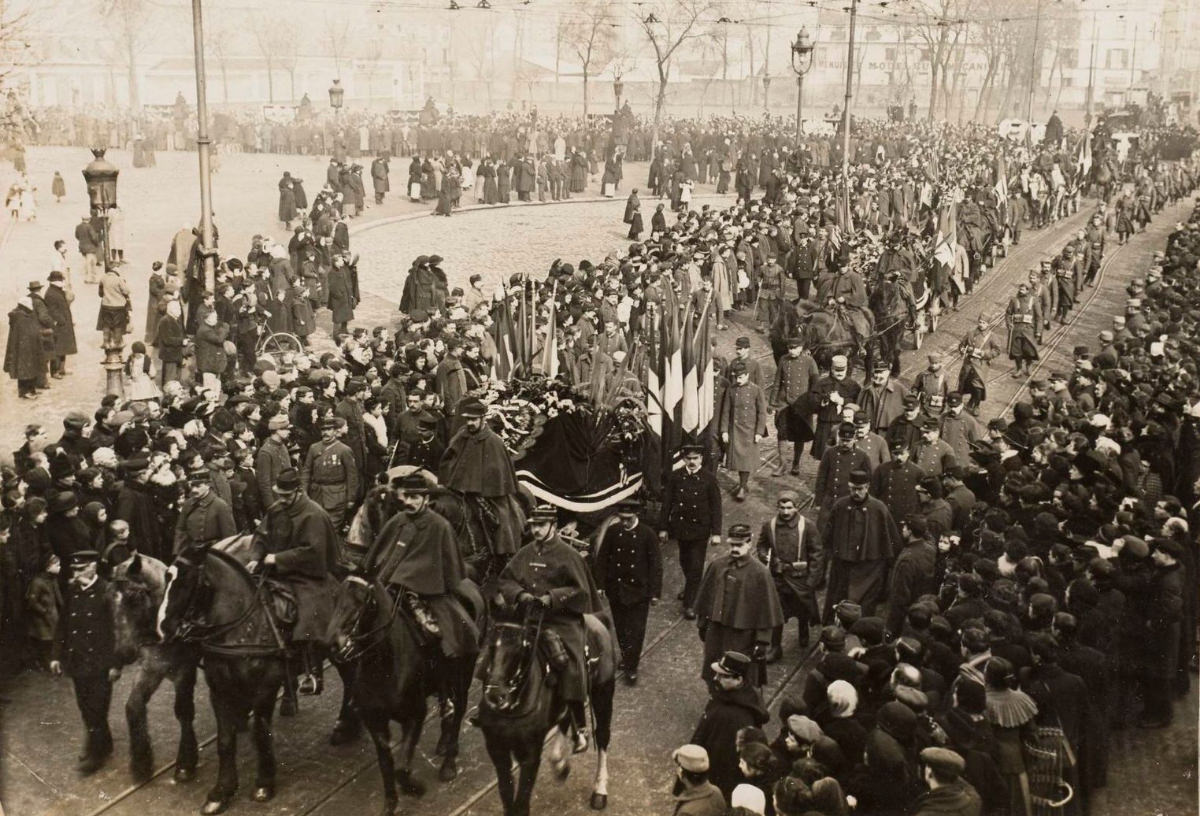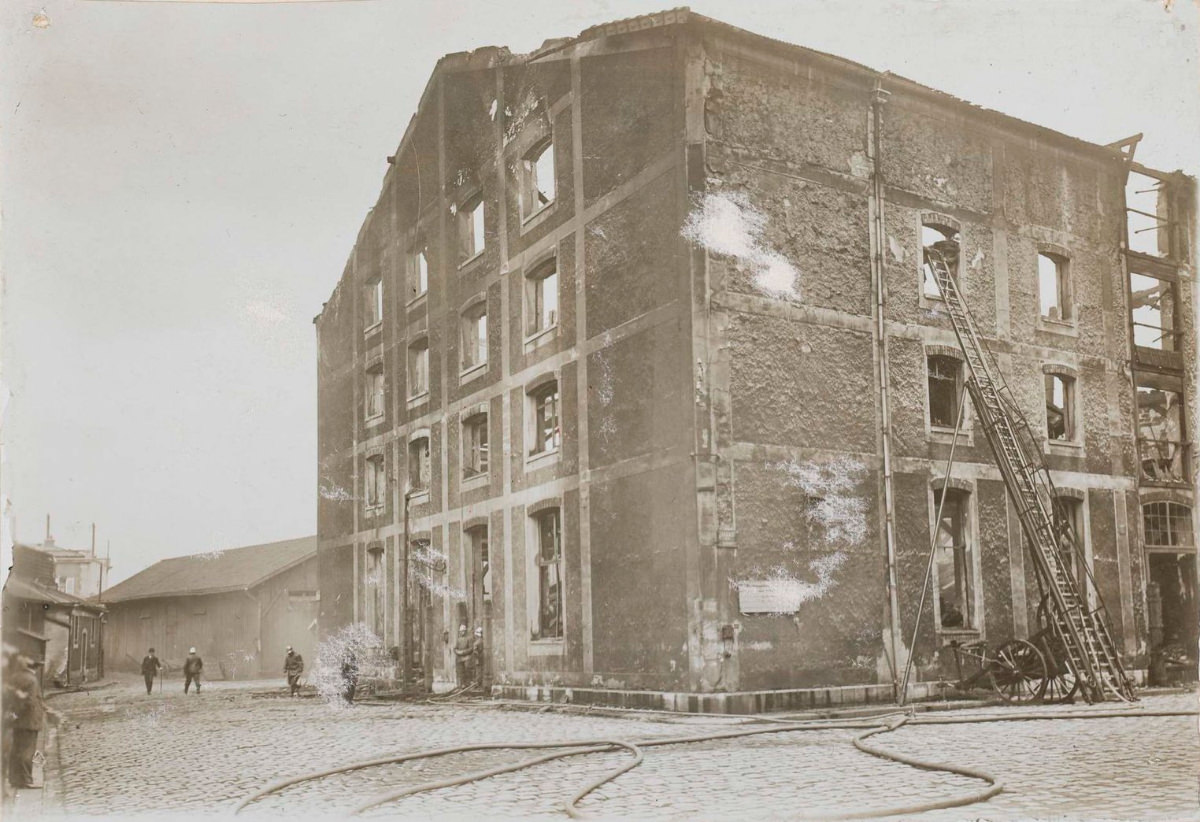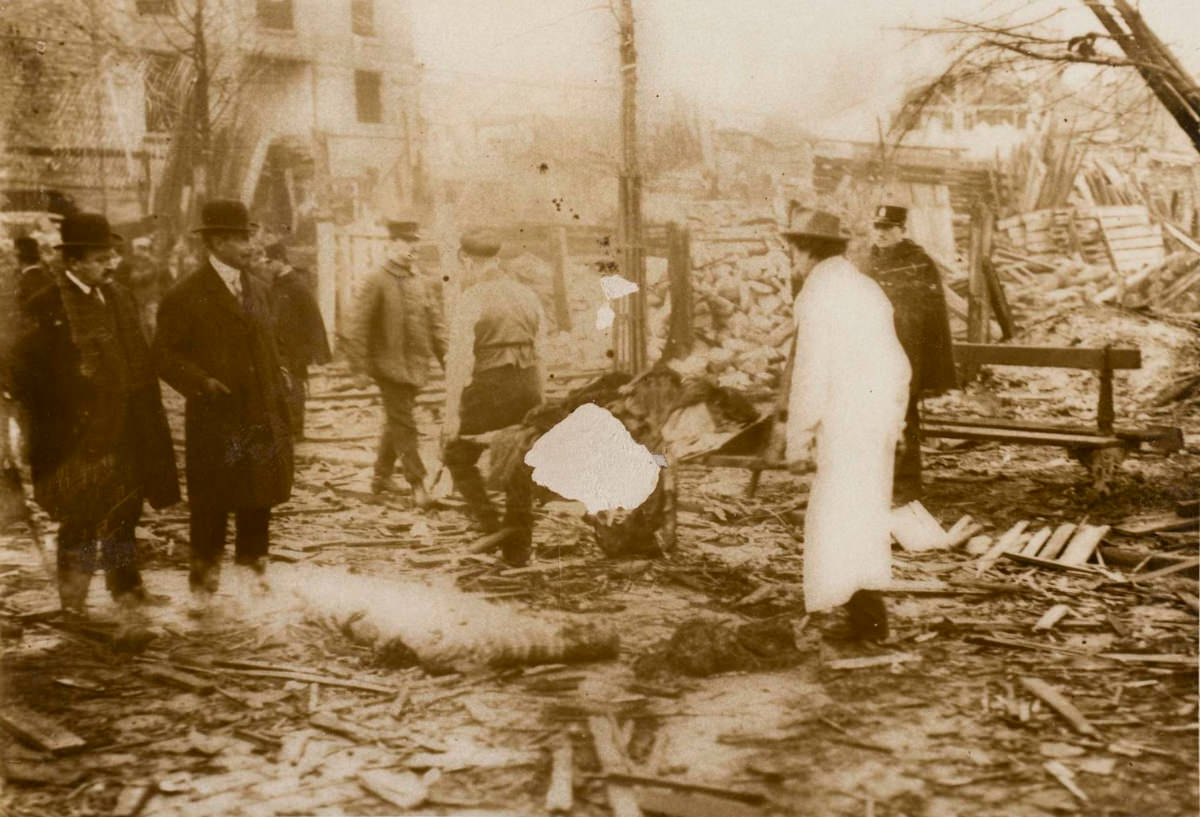The Paris rainstorm on June 15, 1914, was a severe weather event that affected the city of Paris, France. The storm was characterized by heavy rainfall and strong winds, which caused significant damage and disruption throughout the city. The rain caused widespread flooding, particularly in the city’s low-lying areas, and resulted in the closure of many of Paris’ roads and public transportation systems.
The storm caused significant damage to buildings and infrastructure, and many of the city’s famous landmarks were affected, including Notre-Dame Cathedral, the Eiffel Tower, and the Louvre Museum. The severe weather also disrupted many of the city’s outdoor events, including the city’s annual Paris-Roubaix bicycle race.
Paris experienced a catastrophic cave-in at the intersection of Rue de Boetie and Faubourg Saint Honoré, causing over 500 square feet of pavement to sink and trapping people who had sought shelter under a café awning. The storm resulted in several fatalities and widespread damage from gas explosions caused by the breakage of gas mains.
Paris is particularly susceptible to such incidents due to its extensive network of underground tunnels and excavations, including the catacombs, sewers, and subway systems. The collapse of the streets was attributed to the saturation of the soil and rock from recent floods, particularly the 1910 flood. The storm only lasted three hours, but its impact was devastating.
































